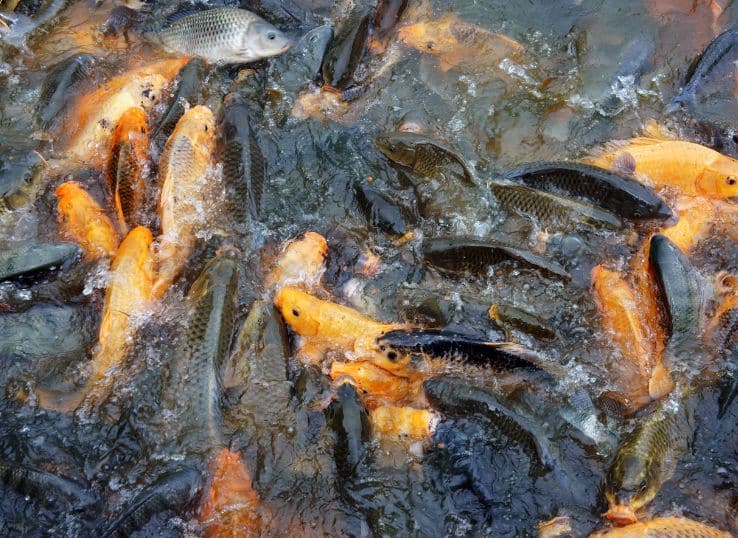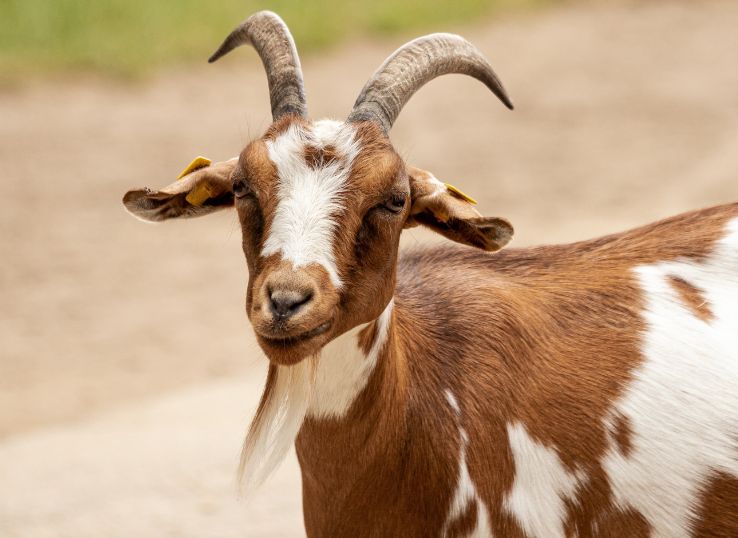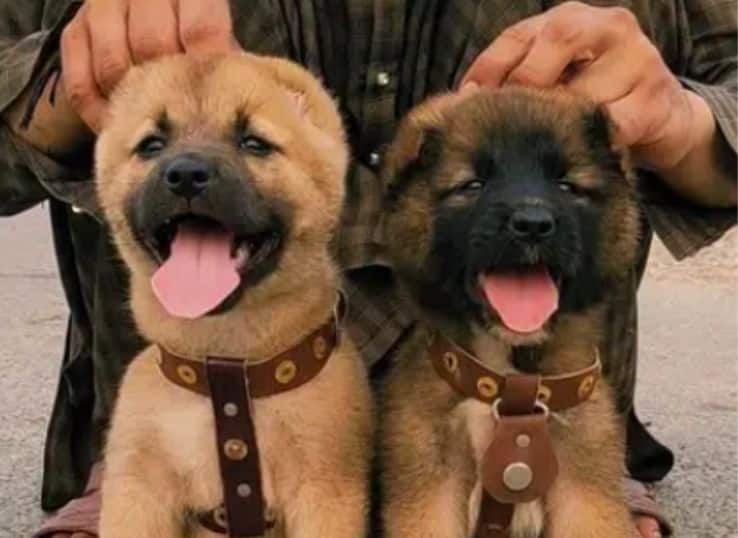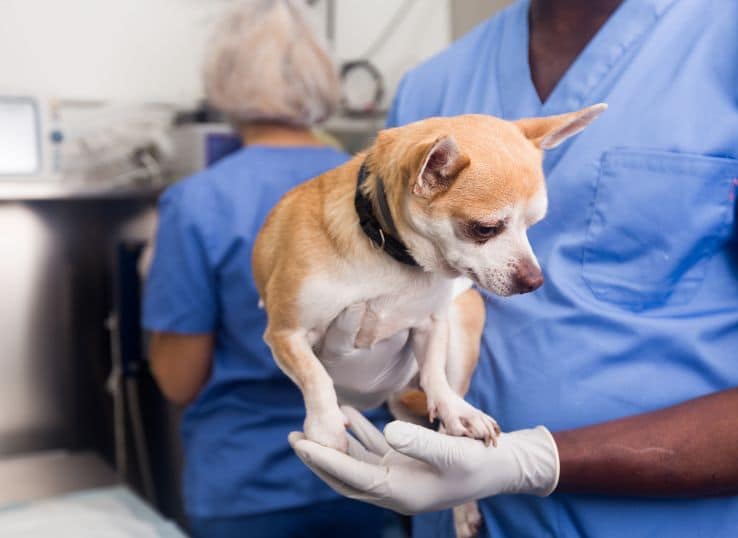Goat Breeds in Pakistan ( Top 7)
Last Updated on July 22, 2022 by Dr. Ali Shahid

In this article, I am going to tell you an important factor of livestock. Goat is an important factor in livestock.
The goat is called the poor man’s cow due to its ability to provide meat, milk, skin, and fiber for farmers.
There are many reasons why goat breeding is better than cattle farming. The goat is cheaper than buffalo or cow.
Goat breeding is a very popular, unique, and profitable business in Pakistan.
Pakistan has 72 million goats population. The goat demand increases for sacrificial purposes and meat preferences in some parts of the country.
The highest goat population is found in Punjab, then Sindh, and then Baluchistan. Almost 6.8 million farmers are doing this business.
Some goat breeds like Beetal, Daira din Panah, Nachi, and Kamori are known as milk-producing goats.
Beetal and Kamori are famous for meat in their respective regions.
These breeds are also raised for dual purposes, like meat and milk. Teddy is a small-sized breed that is quite popular in the whole country for the last 30 years. Its popularity is due to its fast growth and breeding.
Famous goat breeds of Pakistan.
Pakistan including Azad Kashmir and Gilgit Baltistan has 36 different breeds of goats. Here we will discuss the most important breeds that are famous in the farming business.
1. Beetal Goat Breed.
Beetal goats are found in all agricultural areas of Punjab.
Beetal body color is golden brown and has red markings with white and black spots. Their body is a strong and balanced structure.
If I rank the goat breeds then it will be in first place in commercial goat breeding.
The head is broad and heavy. Ears are long and dropping downwards. They have fabulous horns that are long and pointed in males. These horns are short in females.
They have long strong legs and large udders.
The weight of an adult male Beetal is 40-46 kg and a female weighs about 30 to 37 kg.
Their milk yield is 290 liters per lactation. Their lactation period is 130 days.
2. Daira Din Panah.
This breed is commonly found in the Muzaffargarh and Multan regions of Punjab.
They are named after the region Daira Din Panah. People are farming this breed for a long period in Pakistan.
These goats are black and hairy. They have a large developed body, large head, pressed nose, and long broad ears.
The horns are beautifully curved in an upward direction.
Daira Din Panah breed is good in milk production. The milk yield is 245 liters per lactation. The lactation period is 135 days.
The weight of the adult male is 45-50 kg and females weigh about 35 to 40 kg.
These breeds are raised for milk, meat, and hair production.
3. Teddy
I love the features of these small-sized goats. Their offspring resemble deer. You cannot stop yourself to carry their kids.
This is the most famous breed of Pakistan according to less cost farming. It is imported from Bangladesh.
It is found in Gujrat, Sargodha, Jhelum, and Rawalpindi.
Teddy goats are creamy white, brown, and black in color. They are also patched with these colors.
They have small bodies as compared to other breeds of goats. They have sharp features on their face. Their ears are small and droopy.
Milk yield is 65 liters in 130 days of lactation. The weight of an adult male is 30-35 kg and the female weighs about 20-23 kg.
4. Nachi
I love the smart appearance and dancing movements of this goat.
They are named after their dancing gait. It is found in southern Punjab.
Normally they are found in black color but sometimes they have white markings on the body.
They have a compact body with a medium head and a small nose. Their ears are medium-sized.
The milk yield is 110 liters in 100 days of lactation.
The weight of adult males is 30-33 kg and females weigh about 25 to28 kg.
Nachi goats are raised for meat, milk, and show purposes.
5. Potohari:
This breed is found in the Potohar area of Punjab and Azad Kashmir. It is raised due to their small size and they require less care.
Its body color is black, grey, or white. The weight of Potohari at the time of birth is 2 kg. The weight of an adult goat is 22-28 kg.
It has a long lactation period of 150 days. The milk production is 110 liters per lactation.
Hair production is also a purpose to raise this breed. The average hair production is 0.45-0.75 kg per year.
This breed has medium-sized heads and ears. They have a beard on the chin. They produce single babies in 90% of birth and only 10 % produce twin births.
6. Barbari:
This is the famous breed of Sindh. A form of this breed is also found in some parts of Punjab.
The body color is normally white, brown, or spotted. It has a strong body and a small head with small and erect ears like a deer.
The horns are small and pointed. It almost resembles deer which is the distinctive feature of this breed.
The milk yield is 100 liters in 110 days of lactation.
The weight of the adult male is 20-23 kg and the female weight is 20-22 kg.
Barbari breed is raised for meat. It is also a fancy breed for shows.
7. Kamori
This breed of goats is mainly found in Sindh. They are found in the agricultural areas of Sindh.
Kamori is available in dark brown color with light brown patches or black patches.
They are considered a large breed of goats. The head and ears are also large. Males and females both have horns.
This breed is raised especially for milk purposes. They produce 210 liters of milk in 115 days of lactation.
An adult male weighs 45-50 kg.
I have described the top seven breeds of Pakistan which are considered best for farming.
FAQs.
How old can goats breed?
Female goats can be bred when they weigh 60 pounds. Moreover, they can be bred at almost 7-10 months of age.
Male goats reach maturity between 4-8 months and can also breed between 8-10 months old.
How many babies does a goat give?
The average goat can birth twins. But some breeds of goats can deliver up to 5 babies. Such a large number can affect the health of the goat.
References

Dr. Ali Shahid is a veterinarian by profession and CEO at provets. He loves to treat animals and has great expertise in veterinary products. Our aim is to provide the best information related to your animal health.






